Husband turns wife's hospital room into 1960s living room to help with her dementia
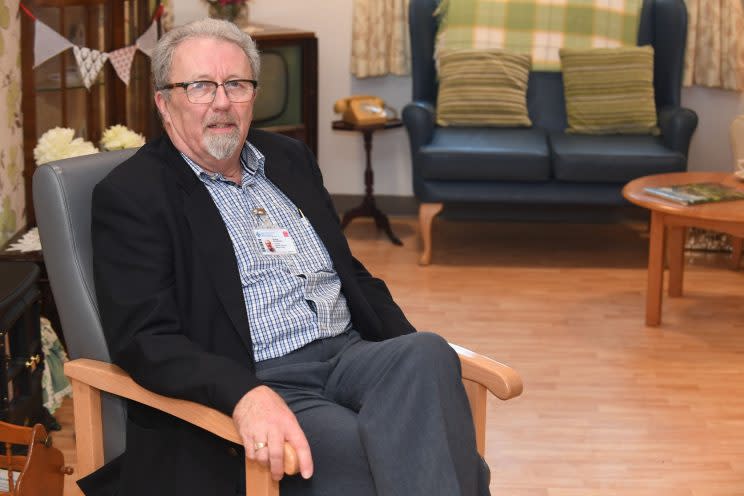
A devoted husband who built a 1960s-style sitting room in a hospital ward to help his wife who was being treated for Alzheimer’s is now helping other dementia sufferers through similar DIY creations.
George Drummond, 70, found that decorating the room with period wallpapers, black-and-white photographs and racks for records helped his wife, Elaine, remember better times.
Sitting in front of a fire on a vintage sofa with old-fashioned wooden TV set helped her stay “calm and happy”, he said.
Tragically, Elaine, 67, died five months after being admitted to hospital in her five-year battle with Alzheimer’s — but George pledged to carry on with his DIY rooms.
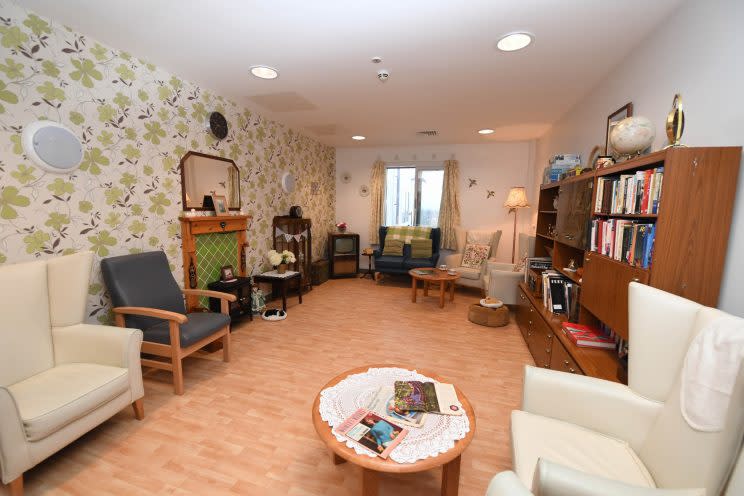
And he’s now kitted out a period kitchen, a lounge and a seaside cafe, too.
“I heard the nurses talking about the plans for the rooms and I said if they needed someone to help with some decorating and some tiling then I was happy to lend a hand,” George said.
“I did the first room and took Elaine in there a few times — it had a great effect on her just to sit in a chair and listen to some old records.”
Retired IT consultant George said: “The effect this room has on the patients far outweighs the work that has gone into it.
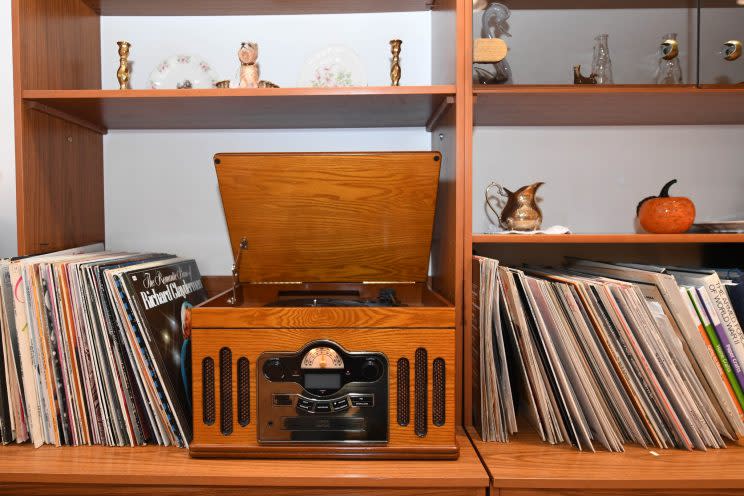
“There is a really calming atmosphere. I was often able to take Elaine into the room, and particularly if she was agitated, she could let me know what she wanted to listen to, and we’d play one of the records from the large collection of 33s, which we had amassed.”
George was inspired to tile and decorate the rooms on the dementia wards at Llandough Hospital, near Cardiff, after seeing the care Elaine received from staff.
MORE: This mysterious spiked-covered sea creature has baffled the fishermen who found it
MORE: Kent school starts punishing pupils for HICCUPING under strict new rules
“Two pictures on the wall are of my wife’s family from 1905 and I managed to get the pictures onto the computer and printed them off. They are lovely and make a nice touch in the sitting room.
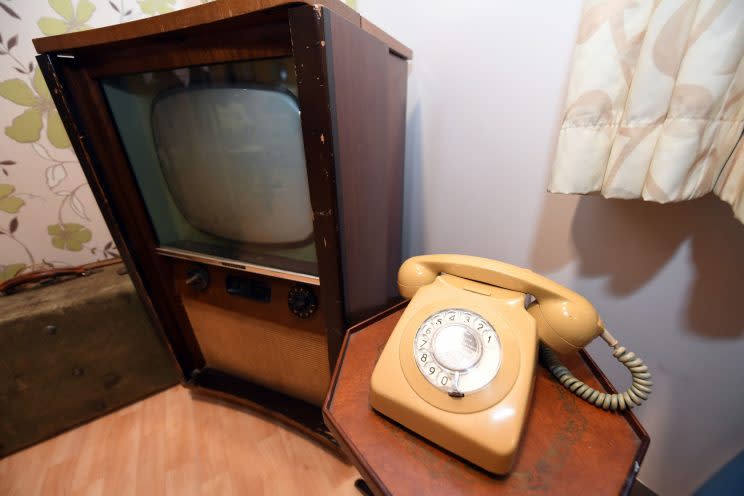
“The old bibles are from my stepmother from Scotland. They belonged to her grandmother and one has a date of 1794 on it and they both have hand-painted pictures inside.
“Since the room has been finished and open to patients I have never seen the room empty and I used to come in here every day to visit Elaine.
“People are making a lot of use of it and you don’t feel like you are in a hospital environment at all.”
George, of Penylan, Cardiff, described the heartbreaking effect that Alzheimer’s had on mum-of-one Elaine.

The couple met at work for BT and married in 2007 but just four years later she was diagnosed with the disease.
He said: “For the first three years she wouldn’t let me tell the rest of the family and she was being nursed at home.
“Initially the symptoms were mild, and could, for the most part be ignored. At this stage, both Elaine and myself talked about, and tried to learn how we might expect the symptoms to develop.
“As the symptoms became more significant, it became apparent that we were approaching the time for Elaine to be admitted to a medical facility.
“It got to the point where she was admitted here and the nurses took fantastic care of her. They were all brilliant.”
The sitting room called Cwtch — meaning cuddle in Welsh — was the idea of Ward Manager Ben Ford and refocusing nurse Katherine Martinson.
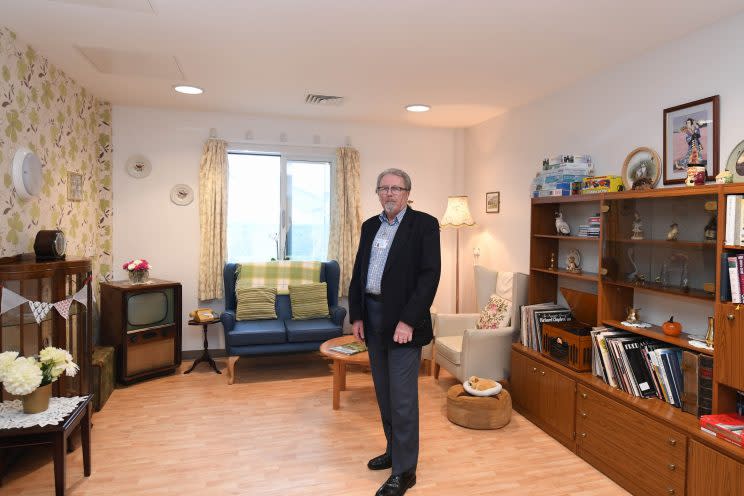
Cardiff and Vale University Hospital Board and Cardiff University developed a ‘Dementia Challenge’ — and are hailing George’s DIY rooms as a positive step for treatment.
Nurse Katherine Martinson said: “It is such a simple thing to do and has worked really well.
“There is a lot of emotion in this room. To have something else to think about other than a hospital visit means a lot to them.”

 Yahoo News
Yahoo News 


